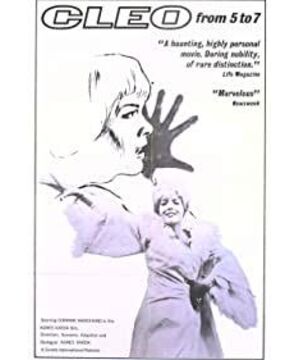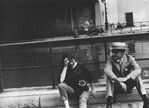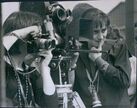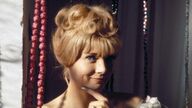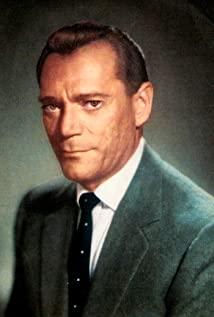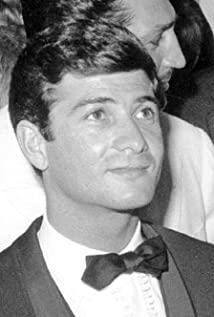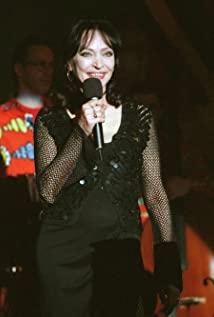It is the most famous work of New Wave godmother Varda, and it also holds a prominent place in feminist cinema. Varda put the story of a woman waiting for her cancer diagnosis in the two hours from 5 to 7 p.m., and left the last half hour for the audience to fantasize. The film synchronizes the time in the film with the time in reality. Although it does not record time, space, and action as faithfully as long shots, Varda can still use editing to maximize the synchronization of the film and reality. The entire film takes place in Cleo's walks, stops, and conversations. Although Cleo worries about his own destiny, this is not a desperate film. On the contrary, every detail of the film bursts out with strong vitality.
At the beginning of the film, singer Cleo realizes that he is likely to suffer from cancer under the fortune-teller's tarot divination. After she left, the fortune teller told her husband that the girl was dying soon. But what's interesting is that Cleo looked at himself in the window glass downstairs of the fortune teller's house and said: ugliness is also a kind of death, as long as beauty is still there, I am still alive. So, accompanied by the housekeeper, she carefully selected beautiful hats in the clothing store. She was as eager to dress herself up as ever. Although she tried her best to maintain her composure, she was still anxious and desperate. So she ended up buying a black hat.
She changed into a long white dress at home and waited for her lover. But the busy boyfriend just said a few words of love to her, cared about her condition and left in a hurry. Cleo reveals his feelings for men to the housekeeper, and Caleo welcomes two musical partners. Cleo sings a sad song with piano accompaniment, but the lyrics about death break her down. She yelled to drive the visitor away, then changed into black and left. The camera follows her as she walks on the street. At this time, Varda uses a subjective camera. Passers-by look at the moving camera, and then cut back to Cleo's face. This montage reveals Cleo's anxious psychological state. She felt that everyone was treating her as a dying person, so she cast a strange look. This series of lens language is deeply rooted in the essence of solipsism.
She went to meet a good friend who was a mannequin for a sculptor. They drove all the way to chat, chat, and watch a silent film starring Godard and Karina in a movie screening room. In the film, Godard and Karina are separated, and then Godard puts on sunglasses, and Karina suddenly turns black. She tripped over a water pipe and was carried into the hearse by a man dressed in black. At this time, Godard took off his sunglasses, and the black person turned back to Karina. She tripped over a water pipe again, and Godard immediately ran over and knocked out the man who got off the ambulance and rescued Karina. Such a short silent film story can be seen as Varda's ticket-playing behavior, but the black-and-white metaphor of sunglasses is a bit suspicious for the film. Cleo smiled after watching the film. This was the most natural and relaxing time for her to laugh. Perhaps, she also took off her sunglasses.
She asked a friend to drive herself to the park. Alone, Cleo met a French soldier in the park who was about to leave for Algeria. He stepped onto the battlefield and was no different from a dying person. In the face of strangers, we are often more able to tell the secrets in our hearts. Cleo told the soldier that he might have cancer, and the soldier eased Cleo's emotions with his own words of despair and humor. They walked, rode in the car, talked and fell in love with each other. Eventually, accompanied by soldiers, Cleo saw a doctor, and she was not sentenced to death, but required long-term treatment. This is good news and new hope, but there is still life-or-death love around her, and she can't smile. The two held hands and faced the camera, leaving the next half hour to the audience.
View more about Cléo from 5 to 7 reviews


